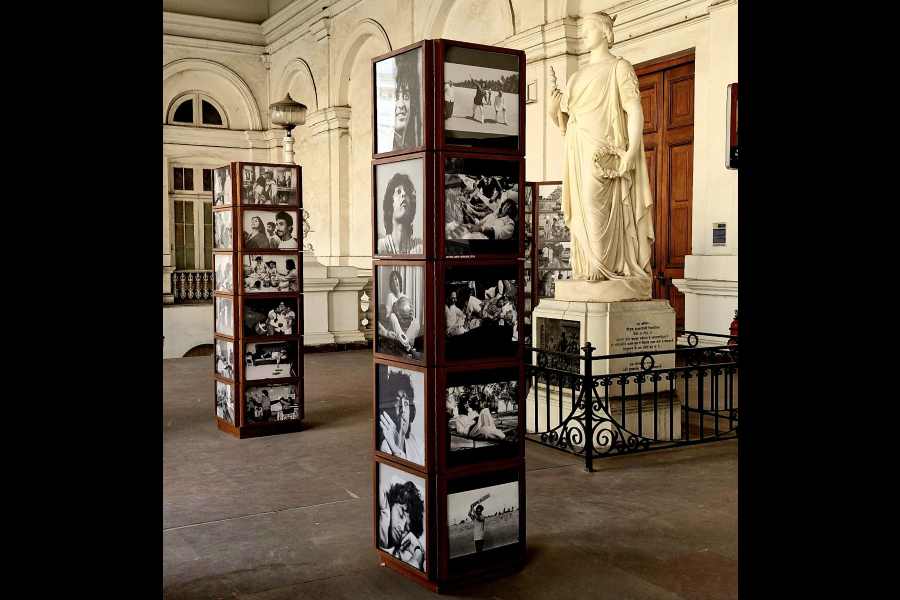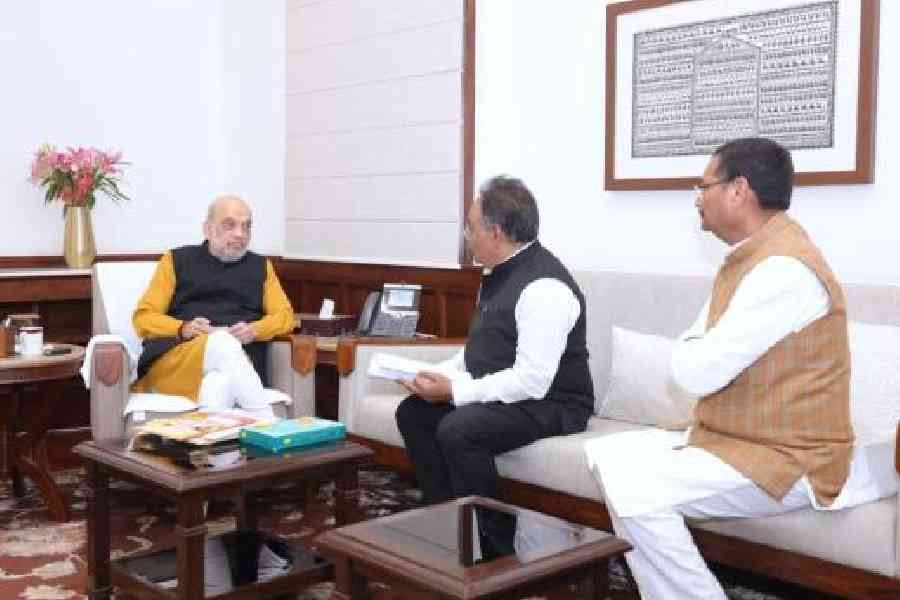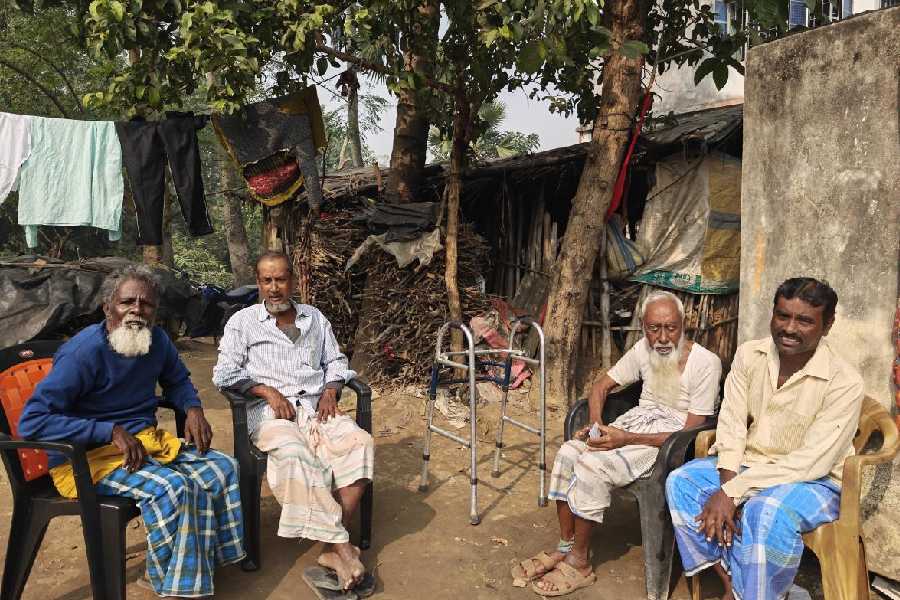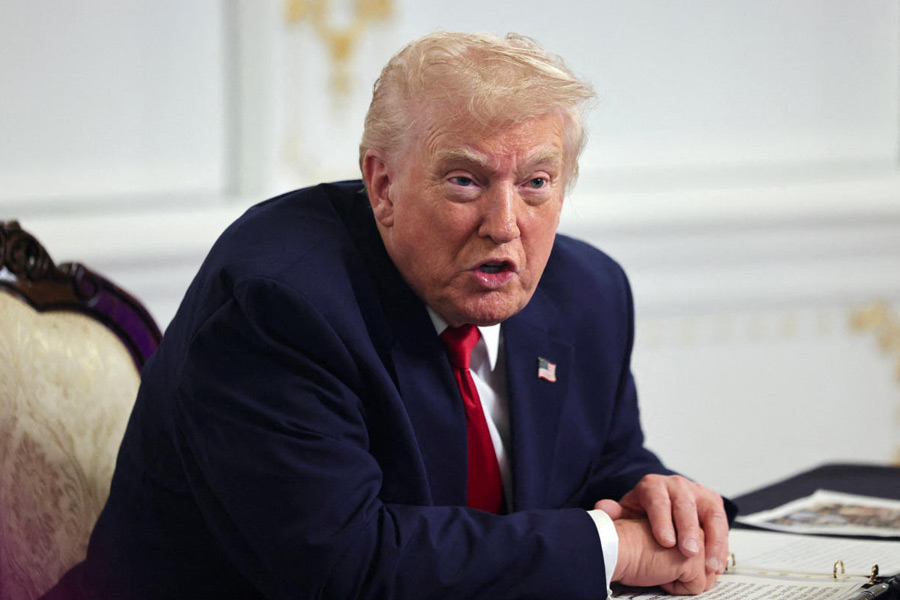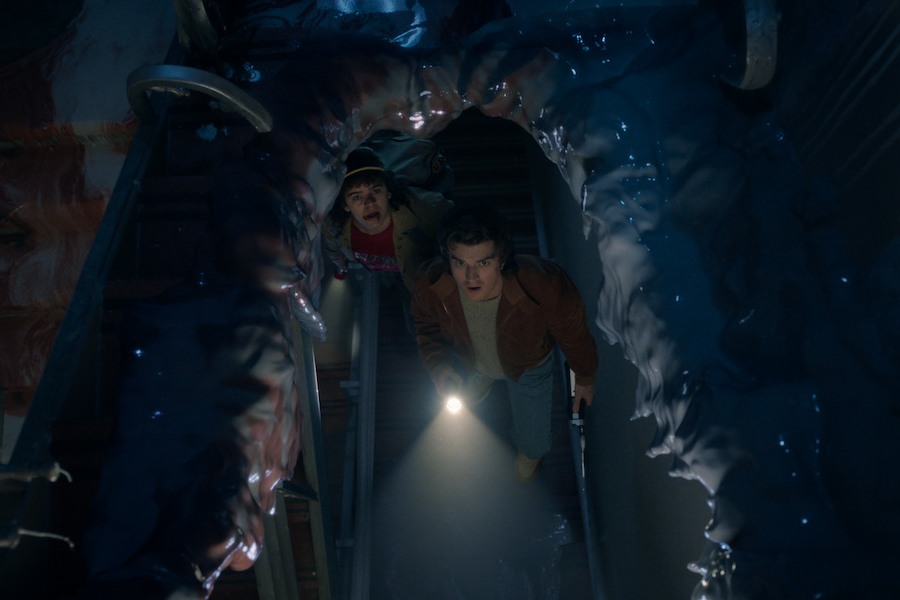Settings matter as much as art itself. When paintings jostled for space with frames hung from the ceiling to the floor in the salons of Paris, the aim was to allow viewers to better compare and contrast the styles of various artists. But this, modernists such as the De Stijl and the Bauhaus artists thought, was too distracting and also reductive — after all, to compare Piet Mondrian with Friedrich Vordemberge-Gildewart just because they both painted using geometric shapes would be to oversimplify their oeuvres. It is this effort to make each artwork stand out that had led to the creation of the sanitised chapels of modern art — the ‘white-cube’ galleries where stark, white walls turned art into something hallowed but unreachable. Research has found that this white-cube aesthetic has been “alienating uninitiated visitors and supporting traditional power relationships.” In stark contrast, museums can be egalitarian spaces, where priceless artefacts from different eras, aesthetics, dynasties, artisans co-exist, leaving viewers to make their own connections among them. When art is displayed in such a setting, it makes for a fascinating adventure.
The mammoth, ongoing exhibition, Dialogues Across Time: Indian Contemporary and Folk Art, being held at the Indian Museum in collaboration with the Basu Foundation, is one such experience. Finding the 200 or so artworks, tucked away amidst dusty relics and spread across the sprawling colonial-era building, was as fun as a treasure hunt and informative to the discerning viewer: they revealed how history has shaped modern Indian artists. The Mauryan sculpture of the Kalpavriksha (wish-fulfilling tree) that welcomes visitors into the museum, for instance, has now been joined by Subodh Gupta’s enormous pink cow, leaving some museum-goers wondering whether it was Kamdhenu, the divine bovine that emerged alongside the mythical Kalpavriksha from the churning of the ocean. Dayanita Singh’s candid and unguarded portraits of musicians —royalty in modern India — in the Museum of Tanpura (picture) rubbed shoulders with a statuesque Queen Victoria; her poignant Sari Museum II was perfectly ensconced in the textiles room of the museum amidst the exquisite but dusty saris in the Indian Museum’s collection. Soma Das’s contemporary Bengali Ghorkonna found space amongst the Tagores’ depictions of Bengal’s andarmahal of yore, suggesting both convergences and divergences in lifestyles.
However, Prasanta Sahu’s plaster moulds of indigenous vegetables and other agricultural markers seemed out of place in the Bengal School’s exhibit. Later, wandering through the botany room where scientific moulds of vegetables were kept, one wondered if Sahu might have been better placed there, blurring the line between science and art. Similarly, Srila Mookherjee’s brilliantly delicate glass balls of celestial bodies and Aditi Saraogi’s porcelain and earthenware orbs might have benefited had they been suspended from the high ceilings within the well-lit Invertebrate Fossil Gallery, which is where Rathin Barman’s One, and the Other was placed, exploring the overlaps between man-made scaffoldings and natural frameworks. Praneet Soi’s acrobatic Asiatic Garden was at home as well, on the central lawn of the museum.
Manish Pushkale’s To Whom the Bird Should Speak? was a large, mesmerising, accordion-like sculpture that stood like Stonehenge, inexplicable yet not out of place amidst the zoological ecosystems. The many surfaces of the sculpture through which viewers could wander in and out came alive with dense scribbles in some primitive script. Subodh Kerkar’s The Whale Text and Bhasha Chakrabarti’s Skin to Skin were almost indistinguishable from the exhibits in the zoological gallery, making powerful statements about how the scientific examination of animals and the artistic exploitation of animal parts like tusks and bones and so on can be equally cruel. Vivek Vilasini documents a cruelty of another kind in his unsparing Last Supper in Gaza, which reimagines da Vinci’s iconic piece with women in burqas in avid discussion, although there is no doubt about who the traitor is in this piece.
M.F. Husain’s watercolour is almost ephemeral and radically different from his usual style, while S.H. Raza’s Bhoomi and other stunning pieces find new depths and meanings when they are recreated in embroidery. Bose Krishnamachari’s 10 Commandments in Silence was a perfect analogy for what white-cube galleries do to art — the commandments were written on perfectly white sheets in Braille, a marker of inclusivity, but put behind a glass frame leaving them inaccessible to both those with a handicap and those without it.

